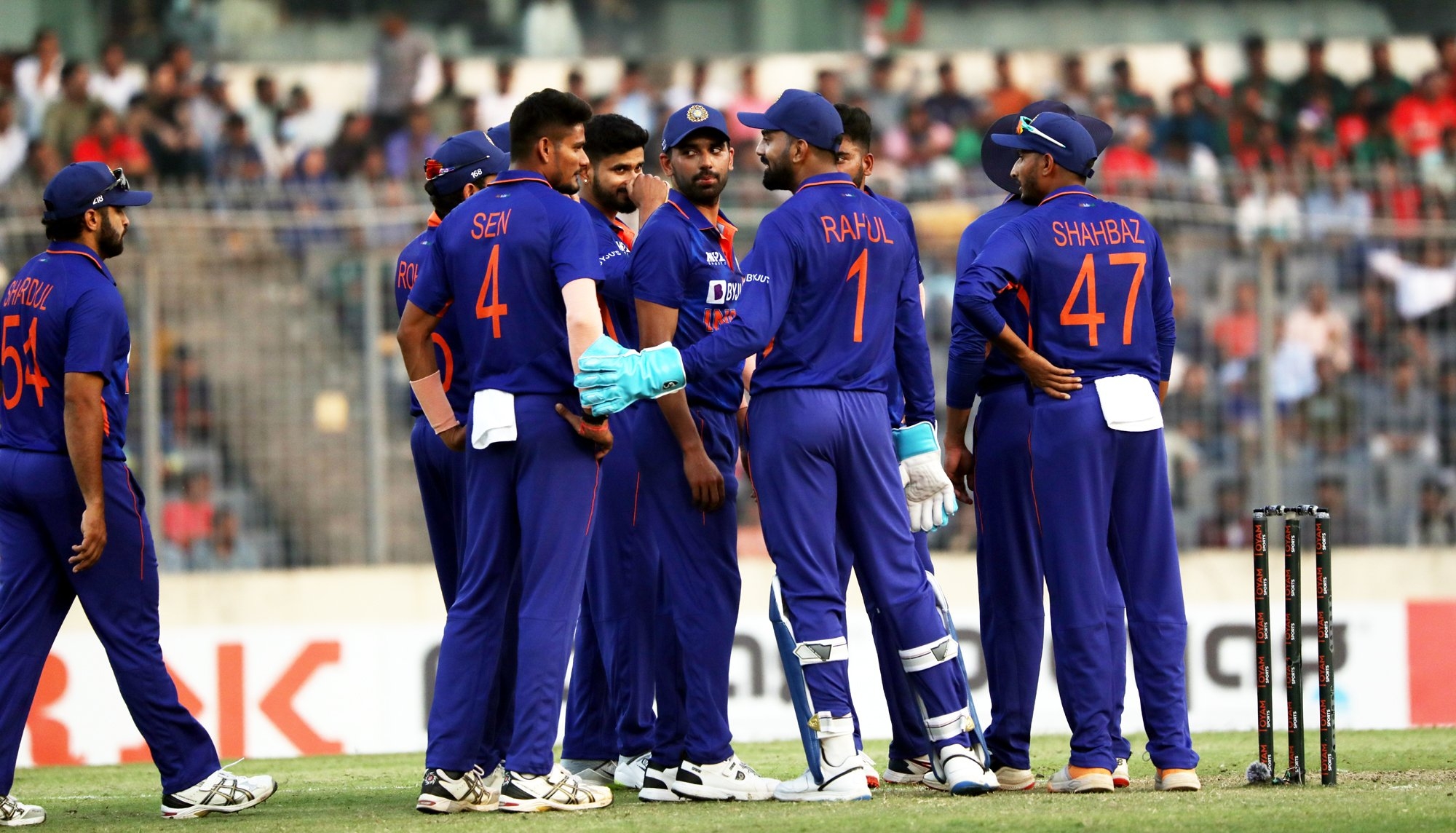NIHARIKA RAINA New Delhi, Dec 25 (IANS) The One-Day International (ODI) game, since its invention in 1971, was seen as more result-producing version of cricket, bringing some sense of urgency as compared to the longer format. The shots from the batters became more attacking, the coloured jerseys arrived so as the day-night games and floodlights, the bowling developed to be more inventive and the fielding started to have elements of magic, apart from the third umpire (or TV empire) being introduced. After being the crown jewel of the cricketing world for a long time, ODIs are now in an identity crisis. A hectic cricketing schedule, with series which didn't happen during first year of Covid-19 pandemic, now being played in the smallest of gaps, putting players and viewers at the risk of burnout and exhaustion. Though the International Cricket Council (ICC) introduced the ODI World Cup Super League -- ten points on offer in every match and teams needing victories to qualify for the tournament in 2023 ODI World Cup based on those points. But the idea, which was designed to give relevance and context to the format, will cease to exist after the ODI World Cup is held in India though the 2027 and 2031 editions have 14 teams, compared to 10 in 2023. With T20 taking centre stage albeit in the franchise leagues form, coupled with three-format players on the wane at the international scene, no one knows what the future holds for the ODIs. If the 2023 ODI World Cup, which will be hosted by India, goes smoothly and throws up games that match up to the entertainment quotient of what people crave from T20s, may give the 50-over format the lifeline it needs desperately. In one-day matches, there is still some time for a team to recover from an early slump and turn the game on its head. For the bowling side, there will be a pool of tactics they would be bringing out to keep the batting side in check as of late, runs have become easier to score in than to stop in ODI cricket. Though there are limitations on bowlers and fielders in the first ten overs and post that as well, an extended great spell of bowling, fantastic pieces of fielding and intelligent running between the wickets are some of the underrated aspects which are totally feasible. If the 50-over matches are played very well and don't fall into the one-sided yawning trap, they can become a thrilling and phenomenally reduced version of Test cricket and extended style of T20s. Just look at what England have done: after years of being under-achievers in ODIs, especially after an early exit from 2015 ODI World Cup, Eoin Morgan plotted a transformation which saw the team embrace an attacking form of playing white-ball cricket. Under Morgan, England won ODI World Cup 2019 by the barest of margins at Lord's in a thrilling Super Over. The batters who can attack from the word go, the pacers who can be picking scalps with the new ball and the spinners who can control and pick wickets in the middle overs are of prime importance in ODIs, which is very much what an ideal T20 team wants. So how can one ensure that 2023 ODI World Cup can rejuvenate the interest in ODI cricket? Have lively pitches for well-contested matches throughout the league stage and in the knockouts. Of late, there has been a trend of 50-over games being played on docile pitches. Although they produce belter of a game, but it takes away the edge-of-seat excitement, making the ODIs absolutely predictable. In ODIs, the balance is between scoring quickly, and scoring as many as possible, dependent on the situation and more importantly, the conditions in the match. With many still seeing the ODI World Cup as the pinnacle global trophy in the cricketing world, the onus is on the ICC and hosts' India to produce an even balance between bat and ball so that Men's ODI World Cup 2023 turns out to be a resounding success and give the 50-over format a new lease of life, and freedom from its current uncertainty.
ODI cricket faces an identity crisis as ICC World Cup year arrives
- by Rinku
- December 26, 2022 2 minutes

ODI cricket faces an identity crisis as ICC World Cup year arrives.(photo:Twitter)











